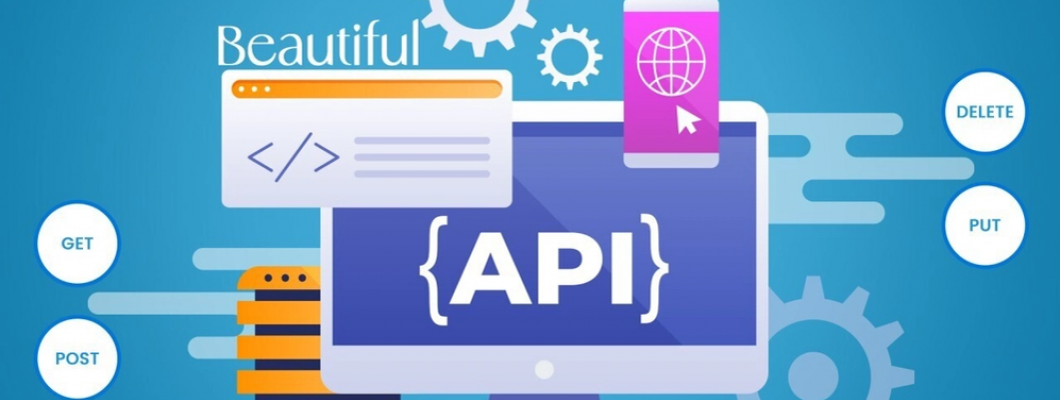
Introduction
In today’s hyper-connected digital world, APIs (Application Programming Interfaces) are the glue that binds software systems together. From powering mobile apps to integrating third-party services into enterprise software, APIs have become indispensable. As we move into 2025, the demand for faster development, secure connections, and scalable integrations has made choosing the right API development and testing tools more critical.
In this blog, we explore the top tools for API development and testing in 2025, offering features that help developers create, test, and manage APIs with efficiency and precision.
1. Postman
Postman will continue to be a leader in API development in 2025. What started as a simple REST client has evolved into a comprehensive platform for designing, testing, documenting, and monitoring APIs. Its intuitive interface makes it suitable for both beginners and advanced developers.
New 2025 Features:
AI-powered test generation
Enhanced API monitoring and automation
Real-time collaboration for remote teams
Why it stands out:
Its user-friendliness, rich documentation features, and a robust ecosystem of integrations make Postman a go-to tool for teams of all sizes.
2. Swagger & SwaggerHub
Swagger, powered by the OpenAPI Specification, remains an industry standard for designing and documenting RESTful APIs. SwaggerHub, its cloud-based version, streamlines collaborative API development.
Key Features:
Interactive API documentation
OpenAPI 3.1 support
Code generation in multiple languages
Seamless CI/CD integration
Ideal for:
Enterprises and developers focused on consistent and reusable API design and documentation.
3. Hoppscotch
Hoppscotch (formerly Postwoman) is gaining popularity in 2025 as a lightweight, open-source alternative to Postman. It’s browser-based and blazing fast, perfect for developers who value simplicity and speed.
Features:
REST, GraphQL, WebSocket, and SSE support
Offline-first design
Environment and collection management
Minimal UI with keyboard shortcuts
Why developers love it:
Hoppscotch is open-source, customizable, and consumes fewer system resources than many other tools.
4. Insomnia
Insomnia is known for its beautiful, developer-friendly interface and rich features tailored for modern API workflows, including REST, GraphQL, and gRPC.
What’s new in 2025:
Smart auto-completion for requests
AI-assisted API test generation
Git-based version control for APIs
Strengths:
Powerful plugin system
Environment variables and secrets management
Built-in code snippets for multiple languages
5. SoapUI
For those working with SOAP-based services or enterprise-grade REST APIs, SoapUI remains a top choice. Its commercial version offers extensive support for automation, data-driven testing, and performance/load testing.
Highlights:
Drag-and-drop test case builder
Security and vulnerability testing
Load and stress testing tools
Best suited for:
Large enterprises and QA teams dealing with complex legacy and modern APIs.
6. RapidAPI Studio
RapidAPI has become a central hub for discovering, connecting to, and managing APIs. With its RapidAPI Studio, it now offers a full API development suite—from designing APIs to testing and publishing them on its marketplace.
Top features:
Unified workspace for all API tools
API usage analytics
Real-time testing and monitoring
Marketplace integration for monetization
Why it’s rising fast:
Combines API management, marketplace, and collaboration into one unified platform.
7. Paw (macOS Only)
Paw remains a favorite among macOS users. With its elegant UI and powerful request chaining and response validation features, it’s ideal for developers who prefer a native macOS experience.
Benefits:
Dynamic values and variables
Smart autocomplete
Export to cURL, JavaScript, Python, and more
Why it shines:
Paw’s design-first approach appeals to devs who appreciate beautiful and functional tools.
8. Katalon Studio
Katalon is an all-in-one automation testing tool that supports web, mobile, desktop, and API testing. It’s favored for combining automation with minimal scripting knowledge.
Features for APIs:
Built-in API test commands
Support for REST, SOAP, GraphQL
Test scheduling and reporting
CI/CD pipeline support
Ideal for:
QA professionals and testers looking for a unified automation solution with minimal coding.
9. Apigee by Google Cloud
Apigee offers powerful API management for enterprises. It supports the full API lifecycle including development, deployment, analytics, security, and monetization.
Features:
Traffic control and throttling
OAuth2, JWT, and key-based security
Detailed analytics and usage metrics
Seamless integration with Google Cloud services
Use case:
Enterprises managing large-scale API infrastructures with strict compliance requirements.
10. Rest Assured (for Java Developers)
Rest Assured remains the go-to API testing library for Java developers in 2025. It's highly customizable and integrates well with frameworks like JUnit and TestNG.
Features:
BDD-style syntax
Supports JSON and XML requests
Validates complex responses
Works well in CI/CD pipelines
Great for:
Java backend teams focused on automated REST API testing as part of their development lifecycle.
Conclusion
API development in 2025 is more complex, fast-paced, and collaborative than ever before. Whether you're a solo developer building microservices or a large enterprise handling thousands of API endpoints, the right tools can save time, reduce bugs, and improve product quality. From well-established platforms like Postman and Swagger to emerging contenders like Hoppscotch and RapidAPI Studio, there's no shortage of excellent API tools to choose from. Evaluate your project needs, team preferences, and scalability requirements—and choose a combination of tools that streamline your workflow and enhance productivity.

Leave a Comment